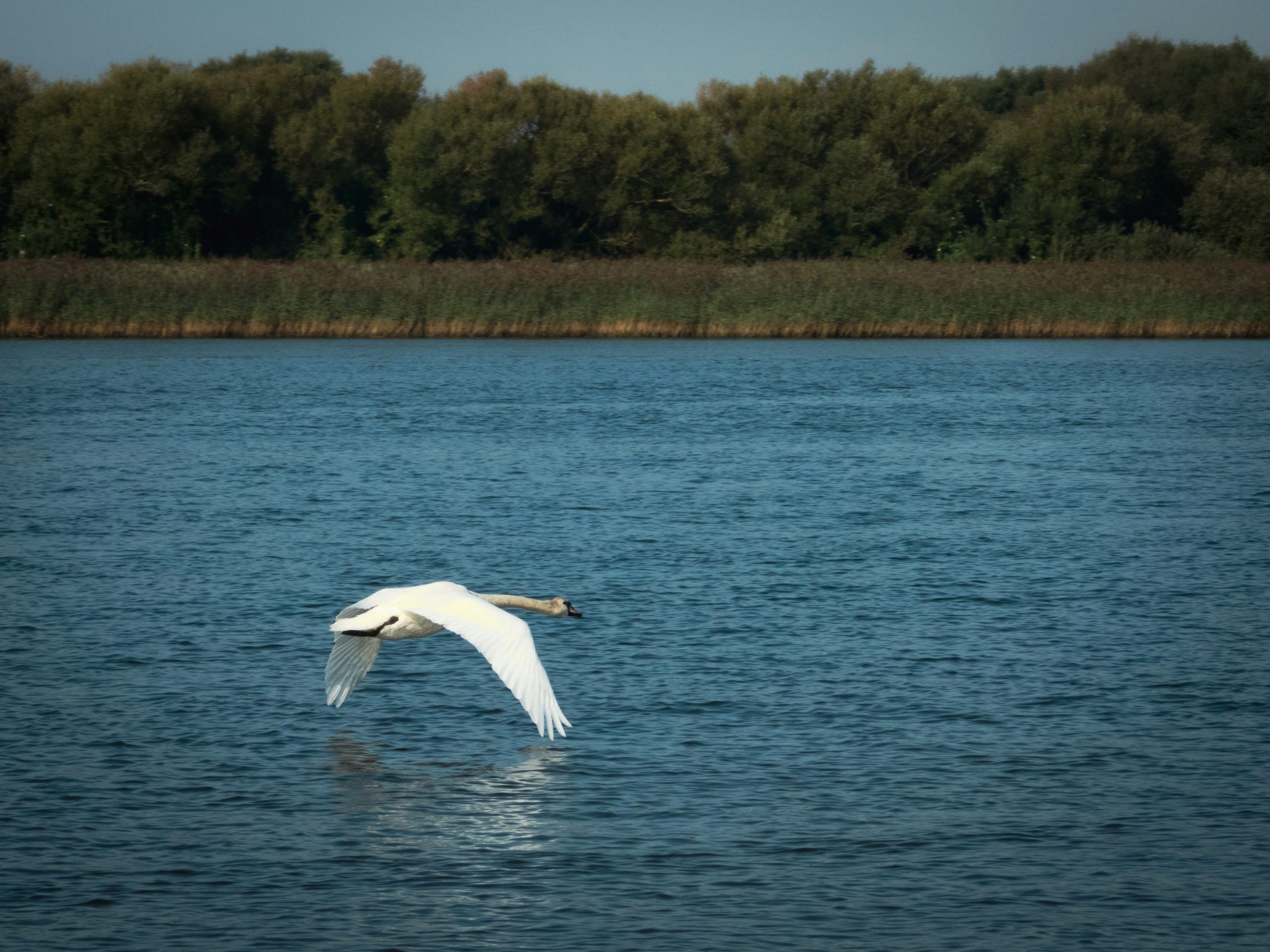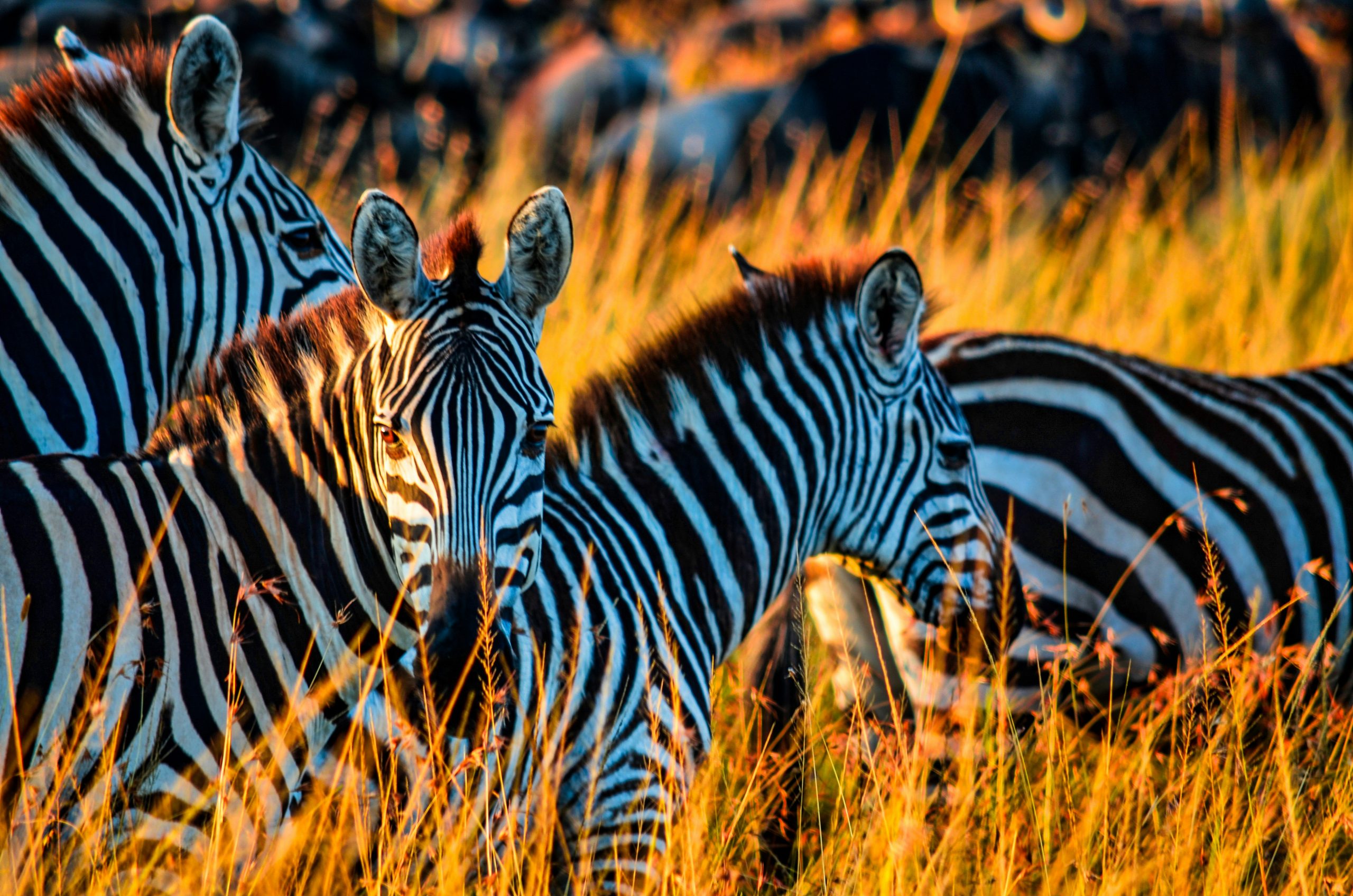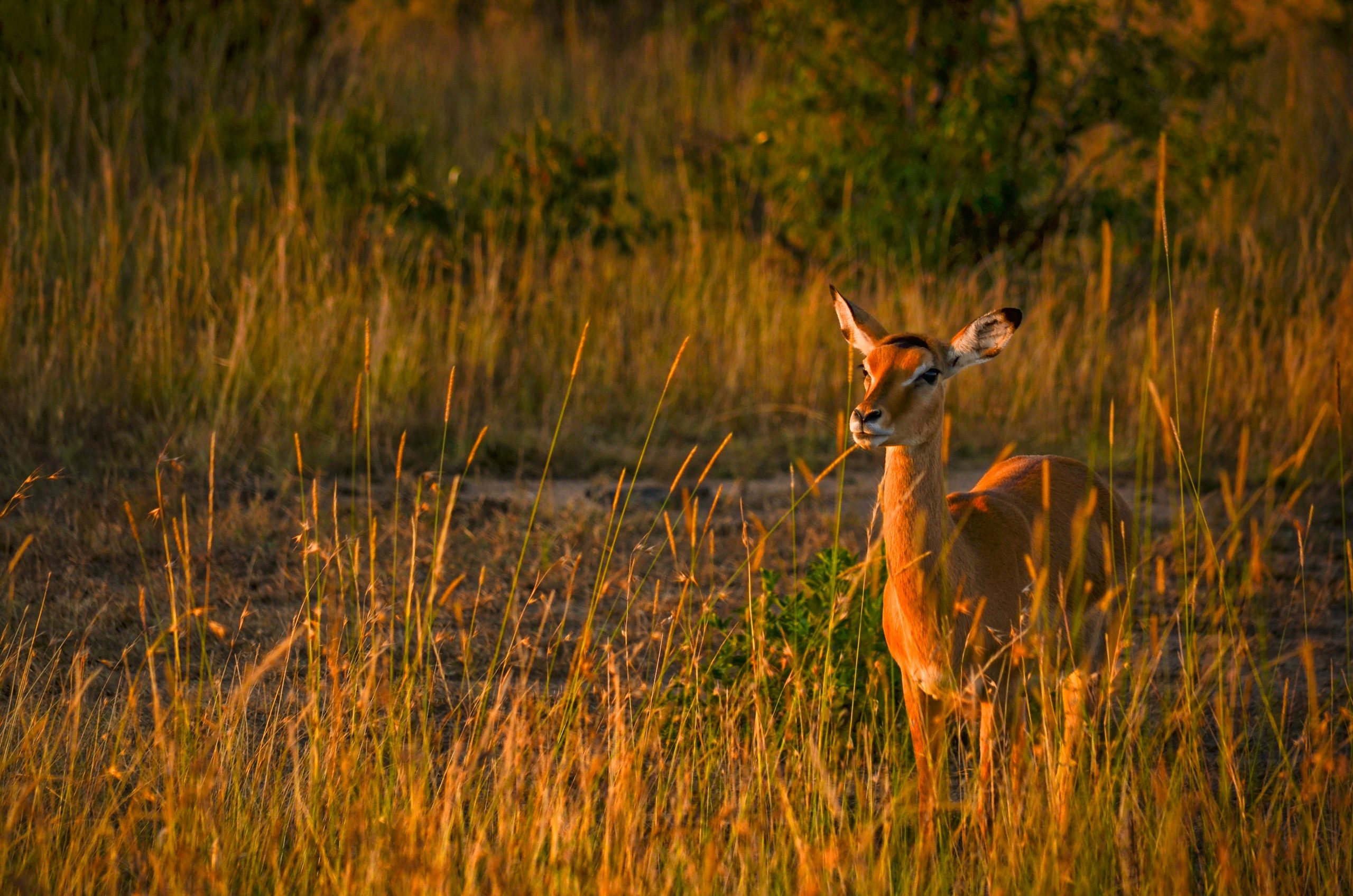Natural reserves in the Caribbean Sea

Explore the enchanting world of natural reserves in the Caribbean Sea. Journey through diverse ecosystems teeming with unique wildlife and immerse yourself in the beauty of this tropical paradise.
Exploring the Coral Reefs

With their mesmerizing beauty and crucial role in marine ecosystems, coral reefs are true wonders of the natural world. Let’s delve into the fascinating realm of coral reefs found in various natural reserves around the globe, from the Caribbean Sea to the Pacific Ocean and beyond.
diving into the caribbean’s hidden gems
The Caribbean Sea is home to a plethora of stunning natural reserves, boasting vibrant coral reefs that attract divers and marine enthusiasts from all corners of the globe. From the Virgin Islands National Park in the U.S. to the Tubbataha Reefs Natural Park in the Philippines, these underwater marvels offer a glimpse into the rich biodiversity and spectacular colors of the marine world.
unveiling the secrets of the maldives
Known for their crystal-clear waters and pristine beaches, the Maldives are a paradise for nature lovers. Among the top 5 natural attractions in the Maldives, the coral reefs stand out as true gems of the underwater world, teeming with life and providing a habitat for a myriad of marine species.
exploring the depths of the galápagos
Recent discoveries by scientists have shed light on the remarkable deep-sea coral reefs and seamounts in the Galápagos. These hidden treasures not only contribute to the region’s biodiversity but also underscore the importance of preserving and protecting these fragile ecosystems for future generations.
protecting belize’s barrier reef
Although facing challenges, the barrier reef in Belize remains a beacon of hope for marine conservation efforts. Despite being removed from UNESCO’s List of World Heritage in Danger, ongoing conservation initiatives aim to safeguard this invaluable natural treasure and the countless species that call it home.
preserving nature’s wonders
As we continue to uncover ancient coral reefs and explore new marine habitats, it is essential to recognize the urgency of protecting these natural reserves. From Biscayne National Park in the U.S. to the environmental challenges in Asia, each ecosystem plays a vital role in maintaining the delicate balance of our planet’s biodiversity.
By embracing sustainable practices and fostering a deep appreciation for our natural world, we can ensure that future generations have the opportunity to marvel at the splendor of coral reefs and other invaluable natural treasures.
Protecting Endangered Species

new reserves in Colombia protect endangered species in a ‘Pleistocene refuge’
In the heart of Colombia’s diverse landscape lies a critical initiative to protect endangered species. The establishment of new natural reserves aims to safeguard the unique biodiversity found within this ‘Pleistocene refuge,’ offering a lifeline to countless species facing extinction.
13 animals that depend on wildlife refuges to survive
The interconnectedness of ecosystems is exemplified by the dependence of 13 vulnerable animals on wildlife refuges for their survival. From majestic big cats to elusive amphibians, these species rely on the sanctuary provided by natural reserves to thrive and evade the threats posed by habitat destruction and human activities.
endangered species act – an overview
The Endangered Species Act stands as a cornerstone of wildlife conservation, offering crucial legal protection to imperiled flora and fauna. Enacted to preserve biodiversity and prevent extinction, this legislation underscores the importance of protecting endangered species through the establishment and maintenance of natural reserves.
biotechnology lifeline for critically endangered wildlife
In the face of dwindling populations and diminishing habitats, biotechnology emerges as a promising lifeline for critically endangered wildlife. From genetic preservation strategies to assisted reproductive technologies, innovative biotechnological solutions hold the key to safeguarding endangered species from the brink of extinction.
protection of endangered species: Siberian tiger | Russian Geographical Society
The iconic Siberian tiger stands as a symbol of strength and resilience in the face of adversity. The Russian Geographical Society’s efforts to protect this majestic predator underscore the urgent need to conserve natural habitats and establish safe havens for endangered species.
Major points to remember:
– Collaborative conservation efforts between stakeholders are vital for the protection of endangered species like the Siberian tiger.
– Preserving critical habitats is essential to ensure the survival of threatened wildlife populations.
national parks are not enough – we need landholders to protect threatened species on their property
While national parks play a crucial role in conservation, the protection of threatened species extends beyond designated boundaries. Engaging landholders in safeguarding endangered species on their properties is essential for creating interconnected wildlife corridors and ensuring the long-term viability of vulnerable populations.
the great Indian conservation crisis
India’s rich biodiversity faces unprecedented challenges in the form of habitat loss, poaching, and human-wildlife conflict. Addressing the great Indian conservation crisis requires concerted efforts to protect endangered species, preserve natural habitats, and promote sustainable coexistence between wildlife and local communities.
endangered wild plants of N.S. | natural resources and renewables
The preservation of endangered wild plants in Nova Scotia is a critical priority for sustainable resource management. By integrating conservation practices into renewable resource utilization, we can safeguard vulnerable plant species and ensure the ecological resilience of the region for future generations.
returning threatened species – feral predator-free areas | NSW environment and heritage
Restoring equilibrium to ecosystems requires the establishment of feral predator-free areas to facilitate the return of threatened species. The New South Wales Environment and Heritage initiative exemplifies the importance of creating safe zones where endangered wildlife can thrive without the pressure of invasive predators.
maharashtra creates new safe haven for endangered canids and diverse wildlife
Maharashtra’s proactive steps in creating a new safe haven for endangered canids and diverse wildlife signal a commitment to biodiversity conservation. By designating protected areas and implementing sustainable wildlife management practices, Maharashtra sets a precedent for effective protection of endangered species in the region.
Bird Watching in the Mangroves

The lush and vibrant mangroves serve as invaluable ecosystems for a variety of wildlife, including numerous bird species. Bird enthusiasts flock to these coastal wonders to witness the diverse avian life that calls the mangroves home. Let’s explore the enchanting world of bird watching in the mangroves and discover the beauty of these unique habitats.
experience the avian paradise
As you venture into the serene mangrove forests, you’ll be greeted by a symphony of bird calls echoing through the mangrove tunnels. The tranquil environment provides the perfect setting for bird watching in the mangroves, offering a peaceful escape into nature’s embrace. With binoculars in hand, you can spot a myriad of bird species gracefully perched among the tangled roots and canopy of the mangroves.
diversity of bird species
The mangroves attract a diverse range of bird species, from colorful kingfishers darting across the water to majestic herons standing tall in the shallow waters. Keep an eye out for elusive mangrove cuckoos, vibrant scarlet ibis, and elegant egrets soaring above the mangrove canopy. Each bird species plays a vital role in the mangrove ecosystem, contributing to the rich tapestry of life in these coastal wetlands.
best spots for bird watching
1. Pangasinan, Philippines: Migratory birds find refuge in the mangroves of Pangasinan, creating a haven for bird watchers to observe unique avian species.
2. Adelaide Bird Sanctuary, Australia: Explore the diverse birdlife at Adelaide’s bird sanctuary, where you can catch a glimpse of rare and endemic bird species.
3. Dahisar Mangroves, India: Embark on a boat ride along the Dahisar mangroves for an up-close encounter with a plethora of bird species in their natural habitat.
preserving mangrove habitats
The conservation of mangrove habitats is vital to safeguarding the diverse bird species that rely on these ecosystems for survival. By promoting sustainable eco-tourism and raising awareness about the importance of mangroves, we can ensure the protection of avian populations and their natural habitats for generations to come. Join the movement to preserve bird watching in the mangroves and contribute to the conservation of these precious coastal ecosystems.
Whether you’re a seasoned bird enthusiast or a nature lover looking to connect with the avian world, bird watching in the mangroves offers a truly immersive experience in the heart of nature’s beauty. Embrace the tranquility of the mangrove forests, listen to the melodic songs of the birds, and witness the magic of avian life thriving in these coastal paradises. Journey into the mangroves and discover a world where birds and nature intertwine in a harmonious dance of life.